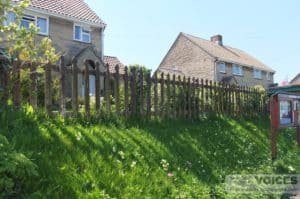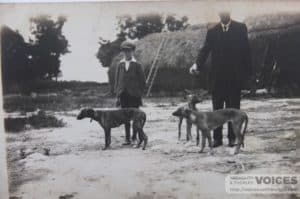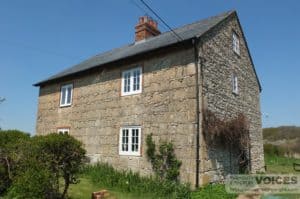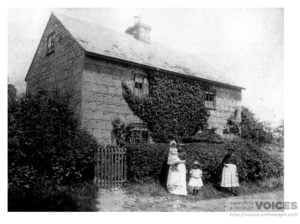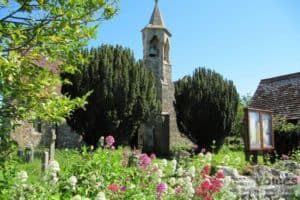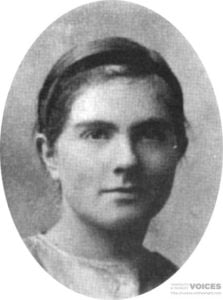Peter Smith: Thorley 1950s, North View
Snail racing was popular, the snails could always be found behind the grass at the base of the barn wall opposite our house. To avoid argument about whose snail was whose we got round to marking them with a dab of paint, red, blue and white. Some weeks later when we were looking in the usual place for some snails for another race we found that the ones with paint on had somehow made it back to their home completely unaided. After this I made a point of letting my snail go after the racing was finished in our garden and then over a period of days going out and looking for it to see where it was. Sure enough after a couple of weeks or so it reappeared in the usual place by the barn. Having done this a number of times it became clear to me that the snails saw the barn wall as their home, and did not want to live anywhere else, which was interesting, at the time!


